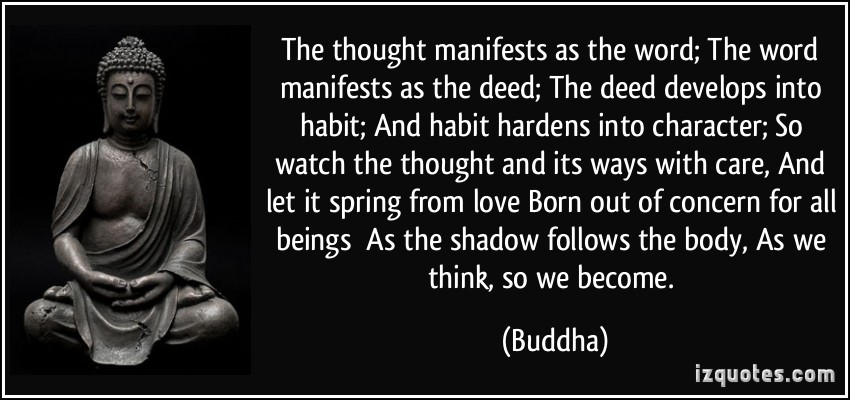We all aspire to be our better selves, right? And at moments, however frequent, or infrequent, we are in that space of peace, love, spaciousness, bliss, positive energy, etc, whatever we envision to be the qualities of our better selves.
Isn’t then the question, “How do we get more of those moments?”, or “How can we be more of those moments?”
From a Buddhist perspective, Tulku Urgyen Rinpoche, one of the great Tibetan Dzogchen masters of the last century, spoke frequently of recognizing the nature of mind—its empty, aware nature, free of any clinging to anything—for short moments many times. He said this can become a framework for understanding our own practice of letting go of craving: short moments, many times. As we do this, we learn to recognize and increasingly trust this place of ease.
What are the qualities or characteristics of our “lesser selves”? It feels tight, doesn’t it? Shrunken. Weak. Angry. Resentful. Insecure. Incomplete. Attached. Out of control. Dependent.
What about the qualities or characteristics of our “better selves”? Open. Spacious. Grounded. Loving without condition. Free of dependency on others or external circumstances. Blissful. Yes? Yes! We’ve all felt those qualities of our better selves. It feels so good! It is so beautiful and attractive in the world.
How can we start from where we are and create more moments when we are our better selves? Short moments, many times.
Jack Kornfield had a recommendation in an excellent audio retreat I’ve heard many times entitled, The Inner Art of Meditation, “Imagine a person or figure who inspires you, maybe Jesus, or the Buddha, Ghandi, Mother Theresa, etc, it can be anyone who inspires you. And think about how they would act; how they would respond to the situations and circumstances you are faced with, and act in the way you think they would act. And then, after awhile…maybe you won’t be able to tell the difference…” I love that.
So we are left with what can be described as mindfulness. The act or process of being mindful of what we aspire to, or aspire to be. We’ve all heard the saying, “What we think about we bring about”. Being mindful of our aspiration to be our better selves; keeping that “top of mind” will enable us to employ it with greater frequency. Some people use external cues around their living space (home, car, work, etc) and/or on their body. For example, a wristband, or even a rubber band, a piece of jewelry, a string of beads, etc – anything that will simulate that reminder to be our better selves. I use many of those things and find them helpful.
Here’s the reality – everyone falls down, everyone has times when they are their lesser selves, it doesn’t matter who you are. Even the most enlightened or realized people have them…they just have fewer of them. When do they happen the most? As Charlotte Joko Beck wrote in her great book, Everyday Zen, Love and Work, “Any intimate relationship is the clearest mirror we can find. It is true test of our practice, our development, our mindfulness.” Ben Franklin wrote, “Familiarity breeds contempt”. We will have moments when people who frustrate us (sometimes those closest to us) click us into our lesser selves, or some deeply engrained pattern of behavior from our development shows itself when certain circumstances arise. Yes. This will happen. The key is to “witness” it, realize it is happening, and gently and lovingly move ourselves into our better selves. Make sense? Beautiful.
So take this with you – First and foremost, you are perfect, flaws and all. You have the capacity within yourself to be a beautiful, enlightened being…your better self. My hope is that you can use the words and techniques mentioned here to help you spend more time in that place. They are all reminders intended to keep you “mindful” of your better self. Stay with it. Be patient with yourself. Have short moments of your better self, many times. Eventually the length and frequency of those moments will increase and in time maybe you will be…your best self! It starts with your thoughts and is developed by your sincere, unwavering intention.
Love and Gratitude…
“How is your mindfulness when you are standing? How is it when you are sitting? How is it in between times?”- Sylvia Boorstein, Don’t Just Do Something, Sit There.
The thought manifests as the word;
The word manifests as the deed;
The deed develops into habit;
And habit hardens into character;
So watch the thought and its ways with care,
And let it spring from love
Born out of concern for all beings…
As the shadow follows the body,
As we think, so we become.
– Buddha





